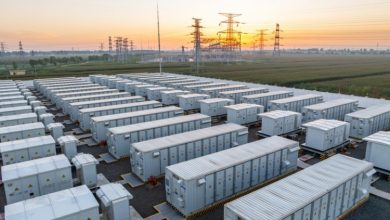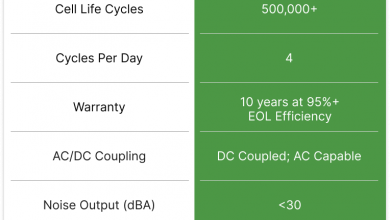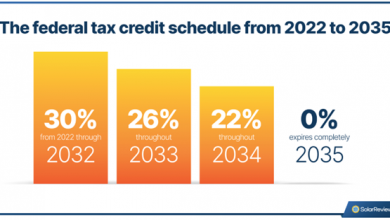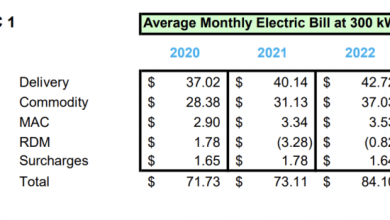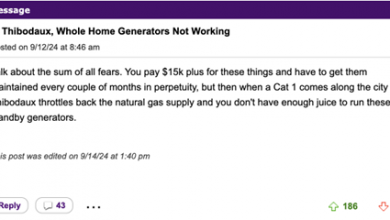What to Know About NYC Local Law 154
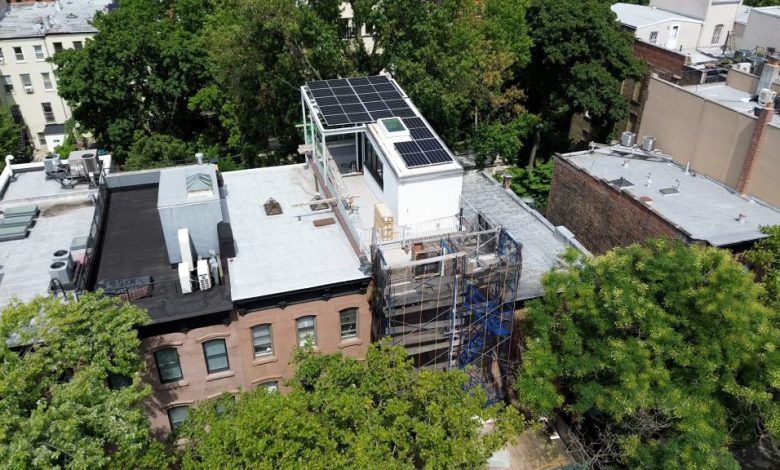
If you’re developing a new property or starting a major renovation in New York City, you are more than likely subjected to Local Law 154.This law mandates the electrification of most new buildings in the city and has significant implications for building owners and developers.
Read on to explore what Local Law 154 entails, why it was created, its requirements, compliance timelines, and how integrating solar energy can help you manage the transition.
What is Local Law 154?
Local Law 154, also known as the “All-Electric Building Act,” mandates that new buildings in New York City utilize electric heating and appliances, effectively prohibiting the use of fossil fuels in most new construction.


Enacted in December 2021, the law aims to reduce greenhouse gas emissions by transitioning away from gas-powered appliances and heating systems to electric alternatives in newly constructed buildings.
Why was Local Law 154 created?
New York City has been trending towards mandating sustainable building design and construction for years now. In 2019, the NYC Climate Mobilization Act (CMA), otherwise known as NYC’s Green New Deal, was passed by the New York City Council. It put NYC on the path to fighting climate change by reducing building carbon emissions by 40% by 2030 and by 80% by 2050.
The largest climate legislation of any city in the world, the CMA consists of several laws aimed at reducing GHG emissions across the city, with special attention paid to improving the energy efficiency of both residential and commercial buildings.


One of these laws was NYC Local Laws 92 and 94 – also known as the Green Roof Law – which mandated that all new roof construction must add either a green roof, a solar PV system, or a combination of both.
Local Law 97 is also a cornerstone of the CMA. This law sets carbon emissions limits for buildings greater than 25,000 square feet. In accordance with city goals, these buildings must reduce their emissions by 40% by 2030, and by 80% by 2050. Buildings must submit yearly emissions reports starting in May 2025, and face penalties for exceeding emissions limits.
Local Law 154 was created a few years later to continue New York City’s growth towards decarbonizing buildings. LL154 mandates the use of electric heating and appliances.
Reduce Greenhouse Gas Emissions
Buildings are one of the largest contributors to carbon emissions in the city, accounting for about 70% of NYC’s greenhouse gas output. By requiring electrification in new buildings, Local Law 154 seeks to significantly decrease these emissions over time, helping the city meet its long-term carbon reduction goals.
Improve Air Quality
Eliminating the use of fossil fuels in new construction can improve air quality by reducing the amount of pollutants released into the atmosphere. This change is particularly important in densely populated urban areas like New York City, where air quality issues have direct health impacts on residents.
Promote Energy-Efficiency


Transitioning to electric heating and appliances encourages the adoption of energy-efficient technologies. With modern electric systems, buildings can achieve higher energy efficiency levels, resulting in lower energy consumption and operating costs in the long run.
What are the requirements for buildings in LL 154?
Local Law 154 imposes specific requirements for new construction projects in the city. Understanding these requirements is essential for building owners, developers, and construction professionals.
Emission Limits
The law sets stringent emissions limits for new buildings. As of 2024, new buildings under seven stories must not use fossil fuels for heating, hot water, cooking, or other energy needs. By 2027, these requirements will extend to larger buildings over seven stories.
Covered Buildings
The law primarily applies to newly constructed buildings, including those undergoing significant renovations. It affects both residential and commercial projects, with specific requirements depending on the type and size of the building.
Want to make sure your building is compliant with all of NYC’s climate regulations? Get a free solar consultation with a solar specialist today!
Exceptions
Certain buildings are exempt from the law, including hospitals, industrial facilities, and certain types of affordable housing. These exceptions are in place to ensure that essential services can continue to operate without disruption while still encouraging electrification where feasible.
What is the timeline for compliance?


The timeline for compliance with Local Law 154 is phased to give building owners and developers time to prepare:
- June 1, 2023: Studies on heat pumps and grid readiness due.
- January 1, 2024: 1-2 family homes for all energy use AND all other buildings
- January 1, 2025: Public schools.
- January 1, 2026: Buildings
- July 2, 2027: Buildings ≥ 7 stories for all energy use AND hot water systems in all buildings
- January 1, 2028: Buildings ≥ 7 stories with at least 50% affordable housing units.
Compliance will be monitored, and building permits will be contingent upon meeting the stipulated electrification standards.
What are the penalties for non-compliance?
Failure to comply with Local Law 154 can result in significant penalties. Non-compliant building owners may face fines and delays in obtaining building permits. Additionally, there may be ongoing fines for buildings that do not meet the emissions limits or other requirements. These penalties are designed to incentivize adherence to the law and ensure the city meets its carbon reduction targets.
Building Electrification and Solar Energy
Electrification naturally leads to higher operating costs due to the increased demand for electricity. However, integrating solar energy into building projects can help offset these costs significantly. Solar panels can generate renewable energy on-site, providing a sustainable power source for electric heating, cooling, and appliances. By pairing electrification with solar energy, building owners can not only comply with Local Law 154 but also achieve long-term savings on energy costs.
Solar installations can reduce a building’s reliance on the grid, stabilize energy costs, and even generate additional revenue through net metering. As the technology for solar energy improves, these benefits will only continue to grow.
Integrate Solar into Your Construction Project with Ease
Planning for solar during the design phase not only ensures compliance but also allows you to capitalize on renewable energy incentives and long-term savings. By pairing building electrification with solar energy, you can significantly cut down on operating costs and increase your building’s energy efficiency.
Ready to make your project greener and more cost-effective? Get started today by booking a free solar consultation to explore the best solar solutions for your new construction and take the first step towards a sustainable future.
